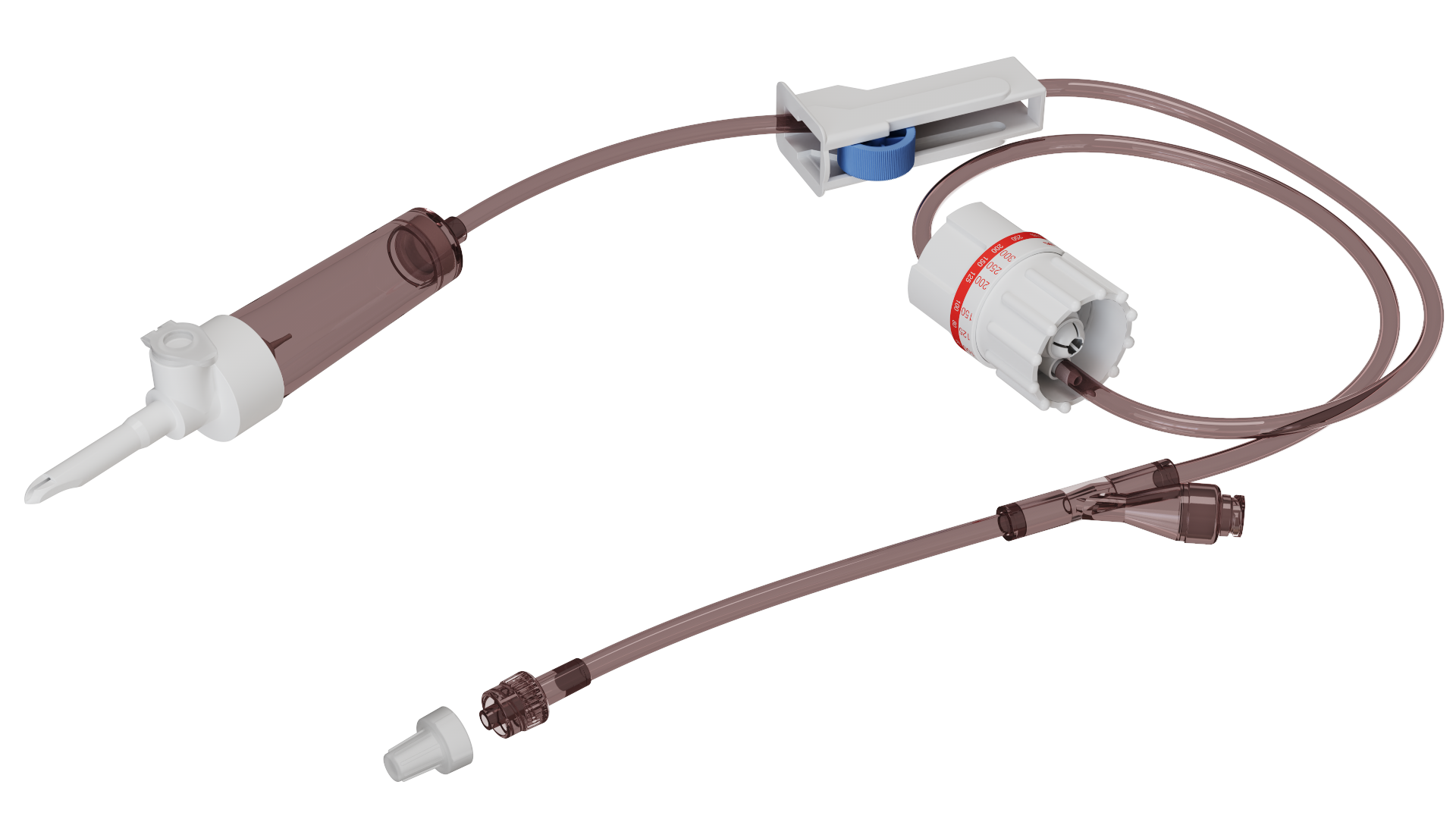Pediatric Closed Systems for Oncology
Pediatric chemotherapy systems require specialized features to cater to the unique needs of children undergoing treatment. These systems must be designed to ensure safety, comfort, precision, and psychological support for young patients, as well as ease of use for healthcare providers.
Designed for Consistent Performance:
• Closed-System Transfer Devices (CSTDs): Prevents the escape of hazardous drugs, reducing the risk of exposure to healthcare staff and the environment.
• Needle-Free Design: Enhances safety by eliminating needle exposure, reducing the risk of needlestick injuries during preparation and administration.
• Soft, Flexible Tubing: Designed to minimize discomfort during treatment and allow for greater movement.
• Low-Profile Catheters and Holders: Reduces skin irritation and provides a secure, comfortable fit for smaller bodies.
• Pediatric-Specific Sizing: Components scaled for use on smaller patients, ensuring a proper fit and more accurate dosing.
• Chemical-Resistant Tubing and Components: Made from materials that do not degrade when in contact with chemotherapeutic agents, ensuring long-term stability and safety.
• Latex-Free Construction: Suitable for patients with latex allergies and ensures broader compatibility with various patient needs.
• Luer Lock Connectors: Provide a secure, tight fit that prevents accidental disconnections and leaks, ensuring safe administration of chemotherapy drugs.
• Sealed Valve Systems: Help prevent drug leakage during and after infusion, protecting both patients and caregivers from exposure.
• Adjustable Micro-Drip Chambers: Allows for highly precise control of the infusion rate, which is crucial for administering the correct dosage to pediatric patients.
• Advanced Flow Regulators: Ensures consistent and controlled delivery, adapting to the delicate requirements of pediatric chemotherapy.
• Multiple Ports: Enable simultaneous administration of different fluids or medications through a single line, enhancing treatment flexibility.
• Y-Site Connectors: Allow for additional medications or flushing without disrupting the primary infusion line.
• One-Way Valves: Prevent the backflow of medication, maintaining the direction of the infusion and reducing the risk of contamination or incorrect dosing.
• Child-Friendly Appearance: Components with bright colors or playful designs can make the treatment process less intimidating for young patients.
• Small, Ergonomic Designs: Tailored to pediatric patients to ensure a non-threatening look and feel.










